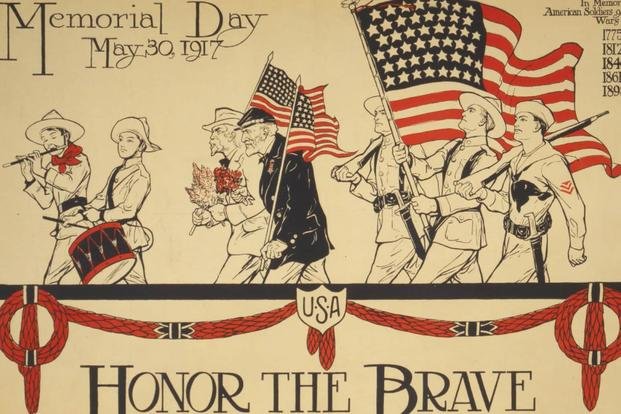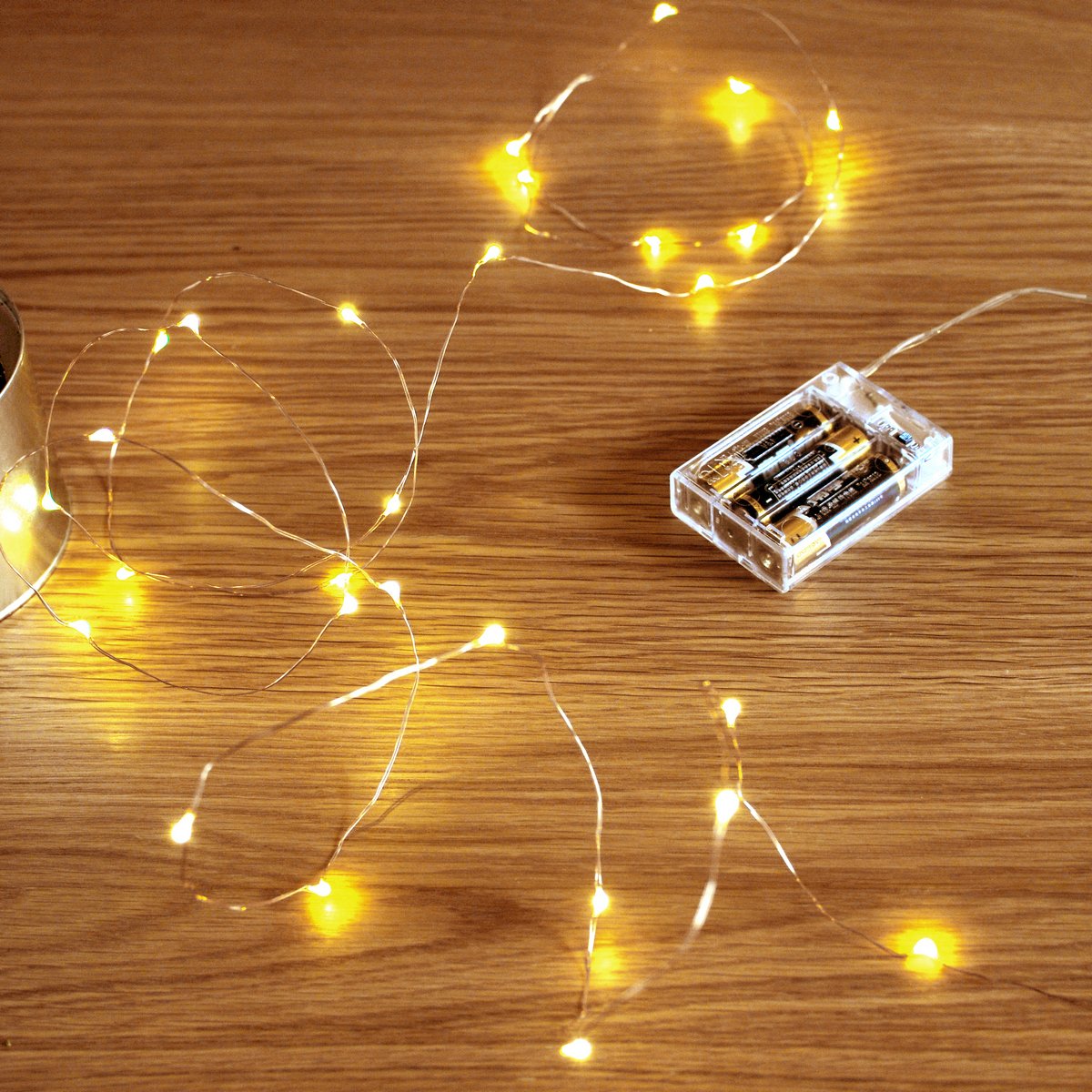Exploring the Absence of Visual Imagery in Islamic Mosque Art

The Essence of Aniconism in Islamic Art

Aniconism, or the prohibition or avoidance of human or divine figures in Islamic art, holds a profound significance that spans across the vast landscape of mosque art and architecture. This principle isn’t merely an aesthetic choice but is rooted deeply in the theological and cultural ethos of Islam. Let’s delve into how this practice shapes Islamic mosque art and its broader implications.
The Prohibition in Islamic Tradition

In Islamic tradition, aniconism emerges from the hadith, the collected sayings and actions of Prophet Muhammad, which caution against the creation and worship of images:
- The Qur'an explicitly warns against idolatry and graven images (Quran 4:116).
- A famous hadith relates that the Prophet Muhammad stated, "The makers of these pictures will be punished on the Day of Resurrection."
These teachings have cultivated a cultural and religious environment where the representation of human or divine forms in art is generally avoided. However, it’s important to recognize that not all Islamic art abstains from depicting living creatures; rather, mosque art leans heavily toward aniconic representation.
Iconography and Artistry
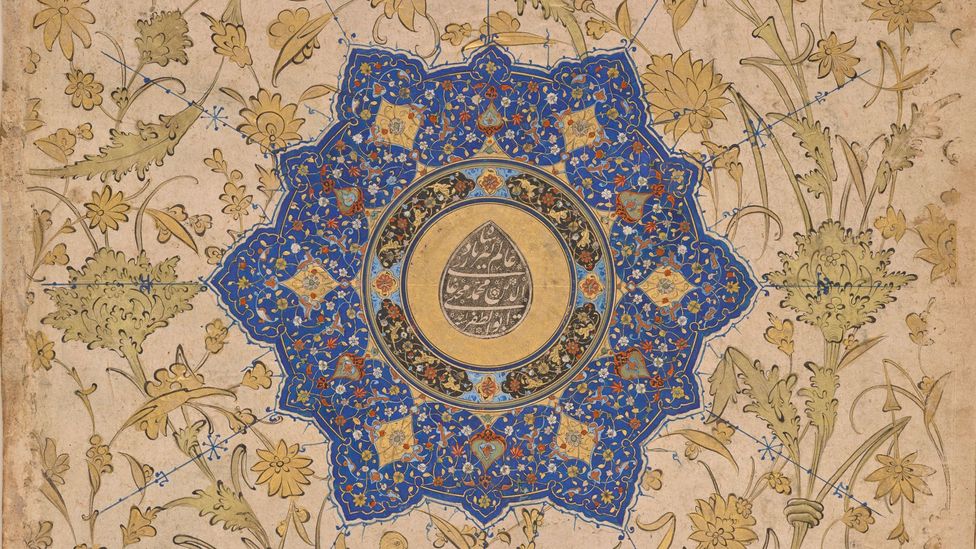
To compensate for the lack of visual imagery, Islamic art developed an incredibly rich and intricate vocabulary of ornamentation:
- Calligraphy: Considered the highest art form, Qur'anic verses are often written in ornate scripts. This not only beautifies the mosque but also visually presents the word of God.
- Geometric Patterns: These patterns, often described as 'the language of geometry,' embody the infinite nature of Allah. They repeat endlessly, symbolizing the endless creation of God.
- Arabesque: A blend of vines, flowers, and abstract forms, arabesque symbolizes the continuous renewal of nature and the connection between all elements of the universe.
The Functional Purpose of Aniconism

Beyond theological reasons, the absence of human or divine figures in mosque art serves functional purposes:
- Focus on Unity: By reducing individual elements, the art encourages a sense of unity and directs focus towards prayer and worship, rather than on the artist or individual depicted.
- Elimination of Distractions: Art in mosques is meant to be serene and contemplative, not to draw attention to itself. This approach aligns with the mosque’s role as a place for spiritual reflection.
- Inclusivity: Aniconism fosters a visual environment that is welcoming to all, free from the particularities of individuals or human figures that might not resonate with everyone.
Examples from Notable Mosques

Some mosques worldwide exemplify the principle of aniconism in their art:
The Great Mosque of Kairouan, Tunisia


- Design: Intricate geometric patterns and arches with an absence of figural imagery, creating a space for contemplation.
The Sheikh Zayed Grand Mosque, Abu Dhabi
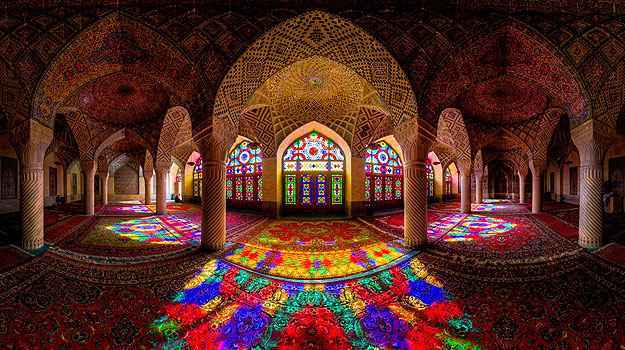

- Ornamentation: Extensive use of floral motifs, arabesques, and extensive calligraphy, avoiding figurative imagery to maintain focus on Allah.
Influence on Global Art and Culture
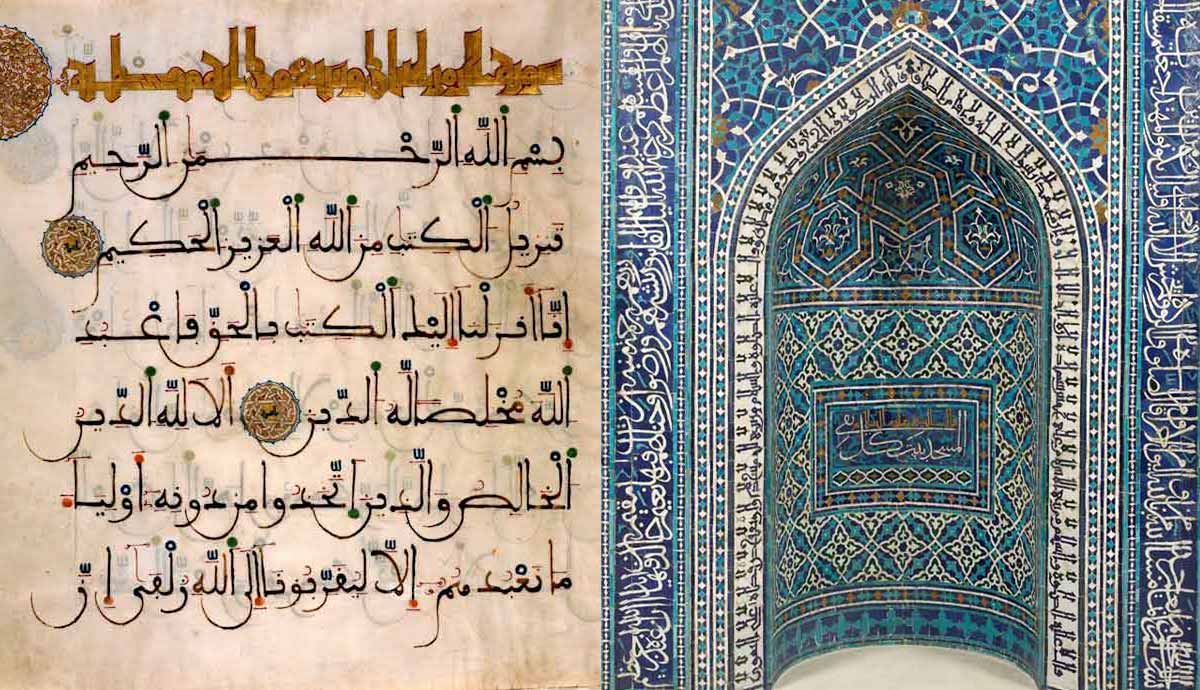
The absence of visual imagery in mosque art has inspired trends in other art forms and cultures:
- Western Art: Islamic art's emphasis on design and decoration has influenced art movements like Art Nouveau and the pattern-based designs in wallpapers and textiles.
- Contemporary Design: Modern architecture and interior design often draw from Islamic geometric patterns, showcasing how aniconism translates into minimalist and universal design principles.
💡 Note: While mosque art tends towards aniconism, there are instances where some cultures within the Islamic world depict humans or animals, often in secular or private art. Thus, aniconism isn't universally practiced but is predominant in mosque art.
In closing, the visual language of Islamic mosque art is profoundly shaped by the principle of aniconism, focusing the gaze inward toward spiritual contemplation rather than outward toward material representations. This artistic approach not only highlights the unity and vastness of the divine but also fosters an environment of inclusivity and serenity, inviting believers to connect with Allah in a space free from earthly distractions. This timeless aesthetic has transcended its cultural boundaries, influencing global art and design with its minimalist beauty and intricate complexity.
Why does Islamic art avoid the depiction of humans or animals?

+
Islamic art avoids the depiction of humans or animals to prevent idolatry and promote focus on the divine through abstract and non-representational art forms like calligraphy, geometric patterns, and arabesques.
Are there any exceptions to the rule of aniconism in mosque art?

+
While mosque art typically adheres to aniconism, there are regional and cultural variations. Some cultures within the Islamic world incorporate limited depictions of humans or animals in private or secular art, but these are less common in mosque settings.
How does Islamic mosque art influence contemporary design?

+
Islamic art’s focus on geometric patterns and ornamentation has had a significant impact on modern design, influencing minimalist architecture, interior design, and even the digital art space, promoting simplicity and aesthetic harmony.


